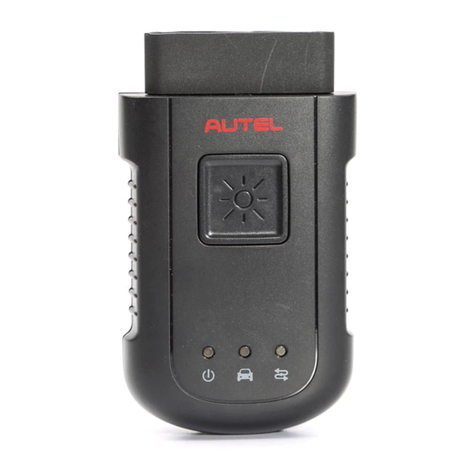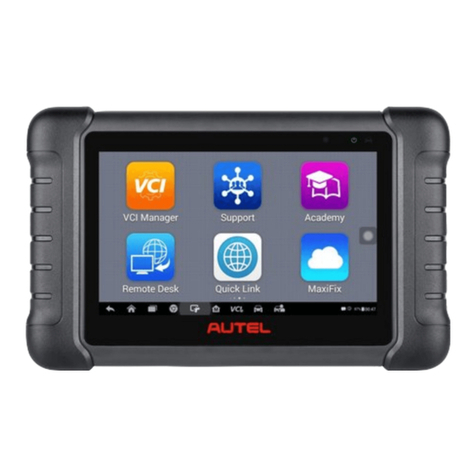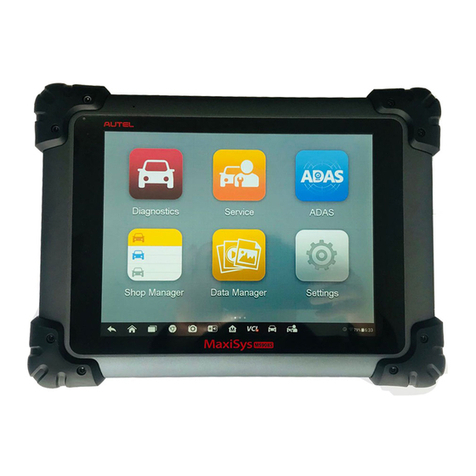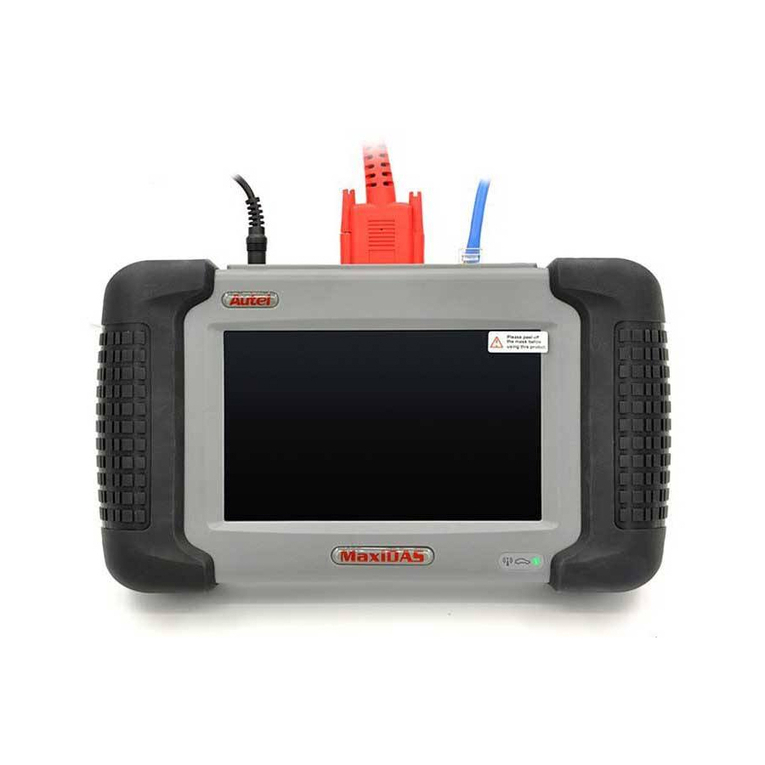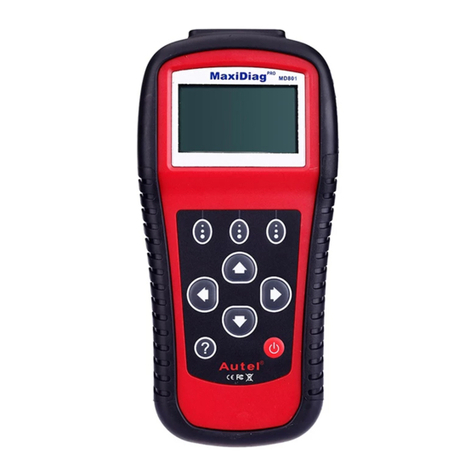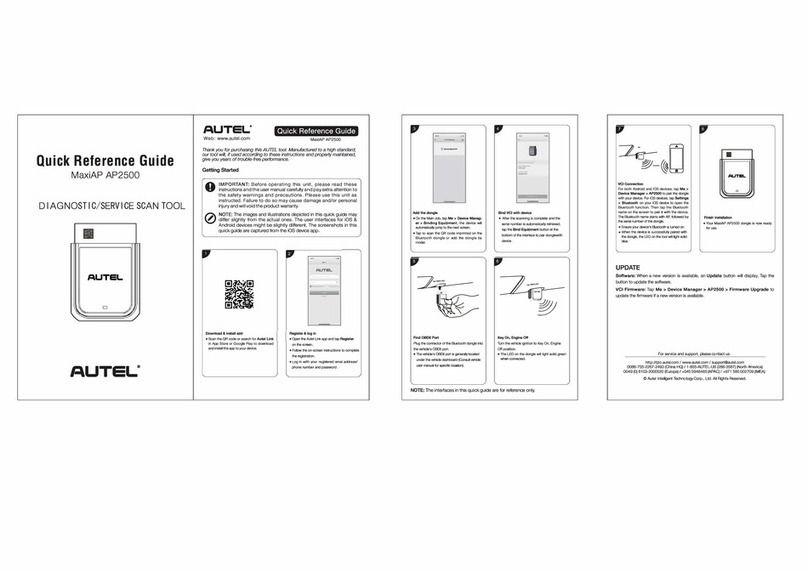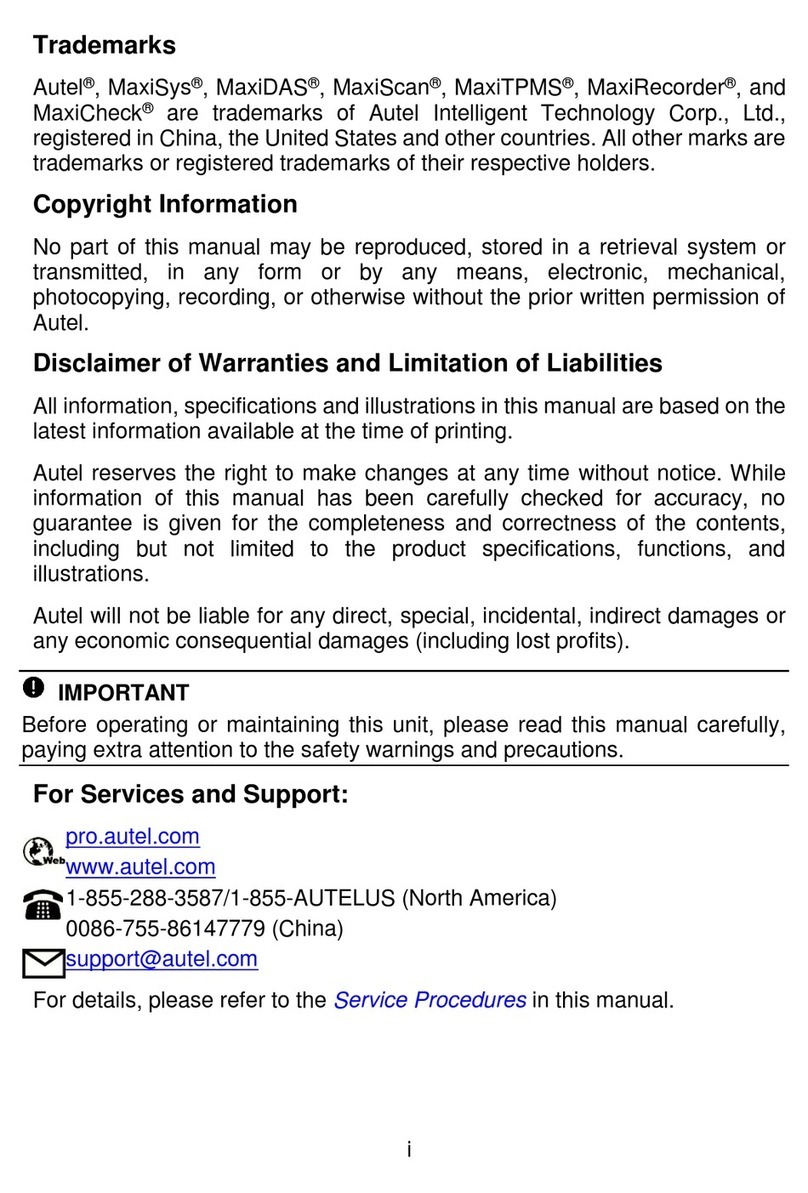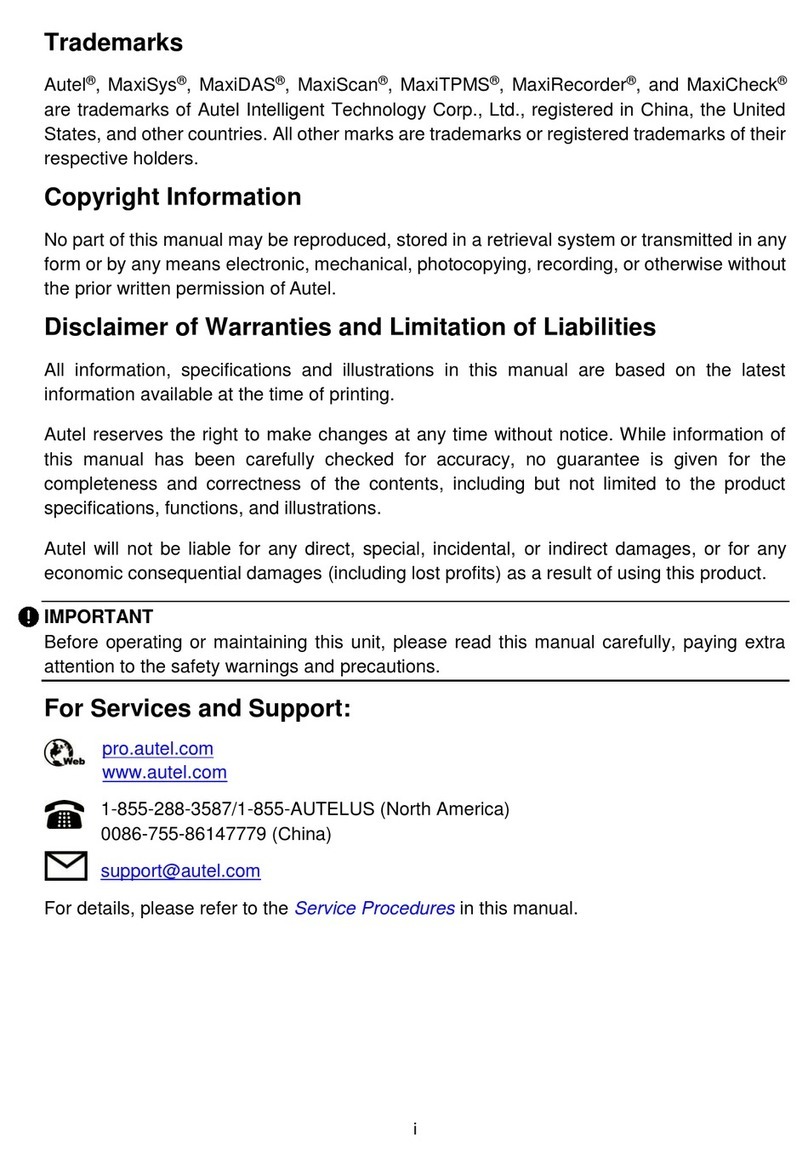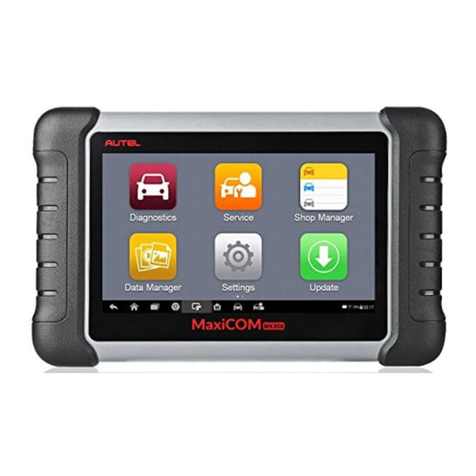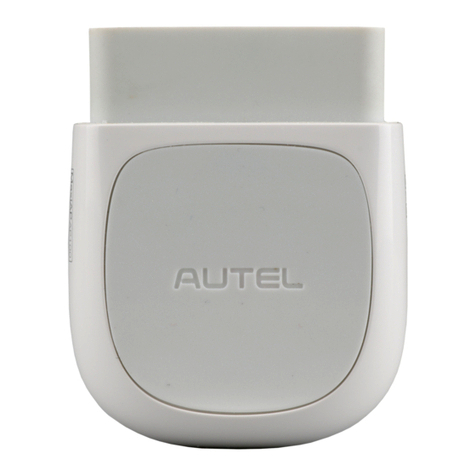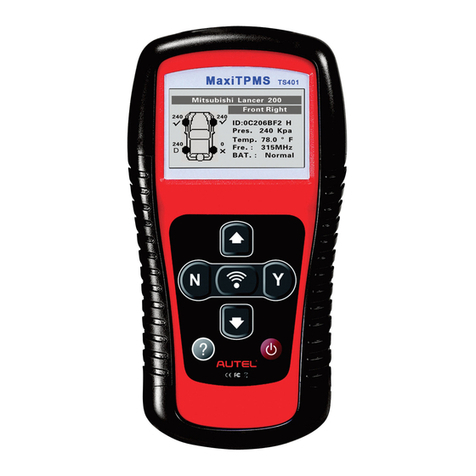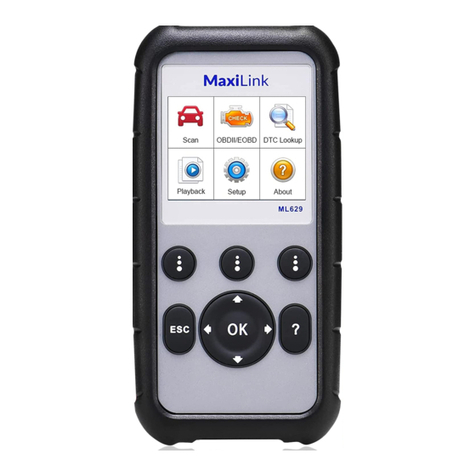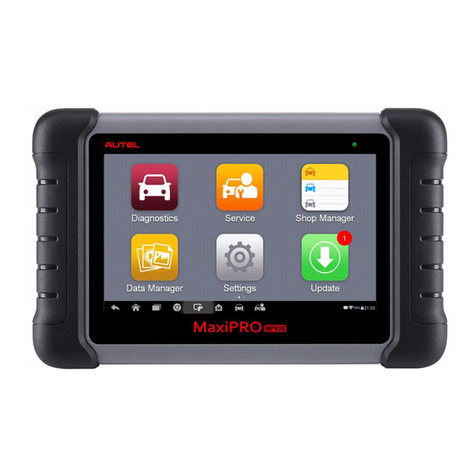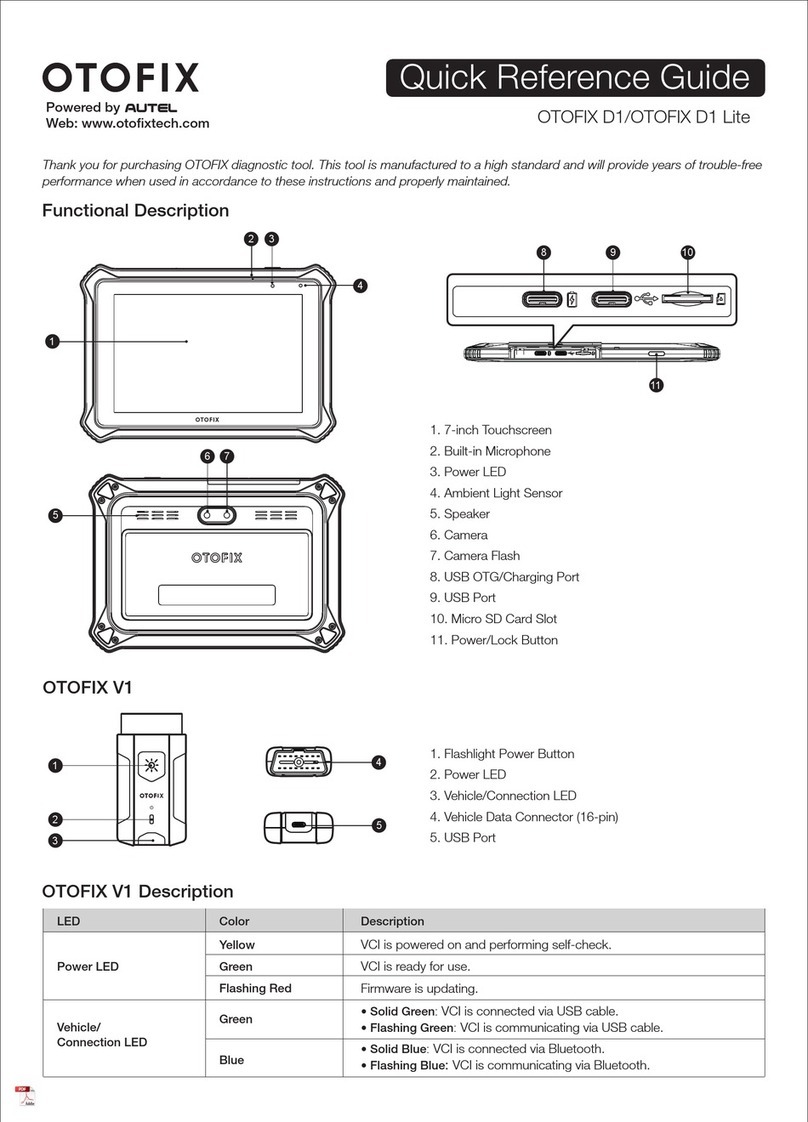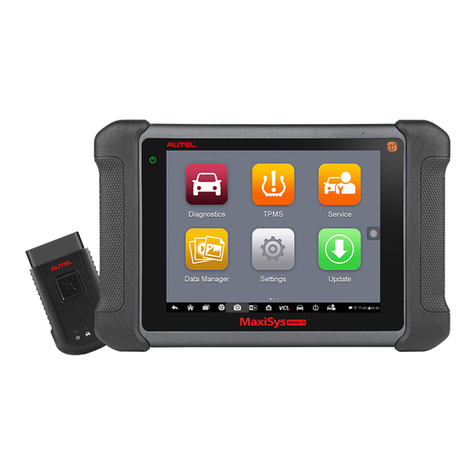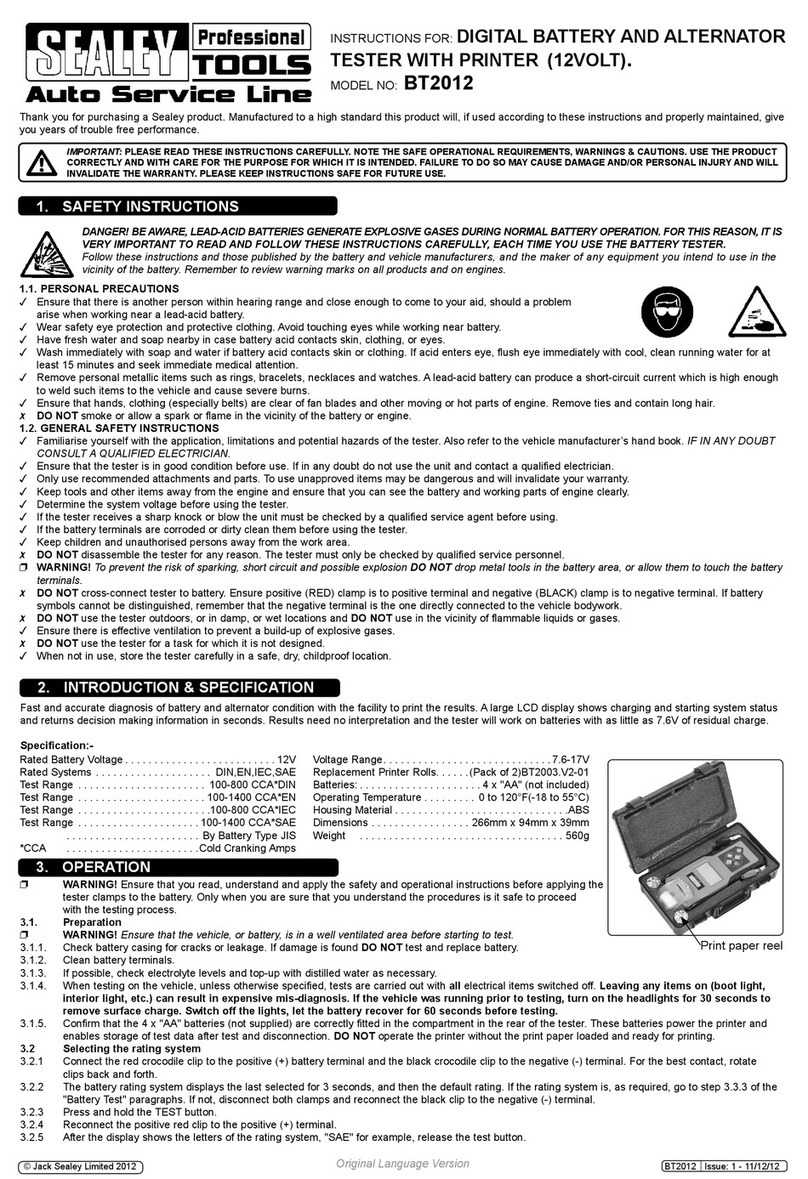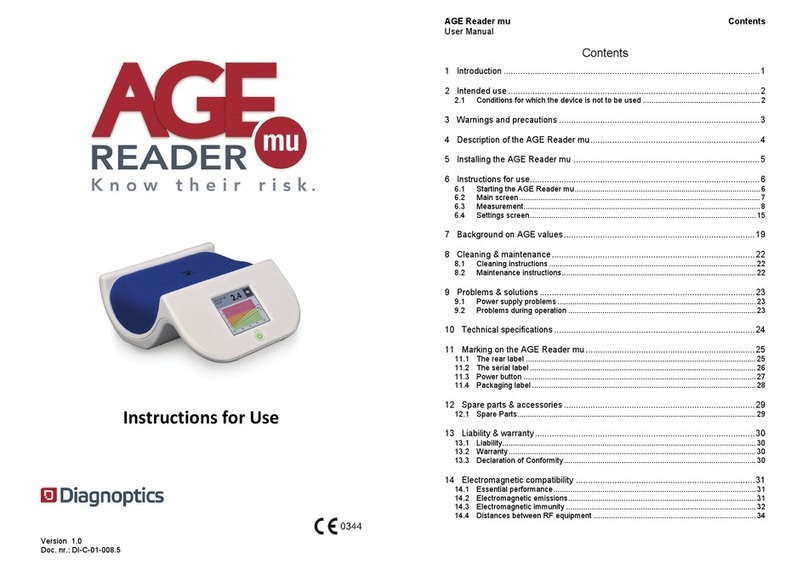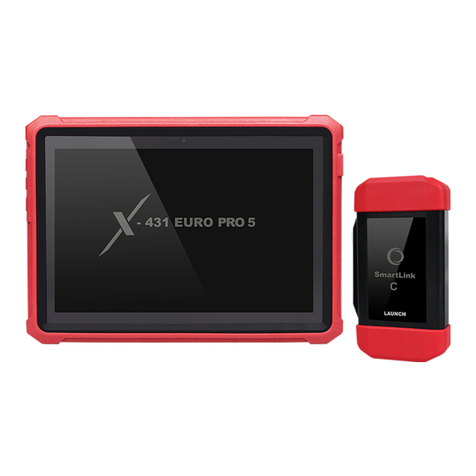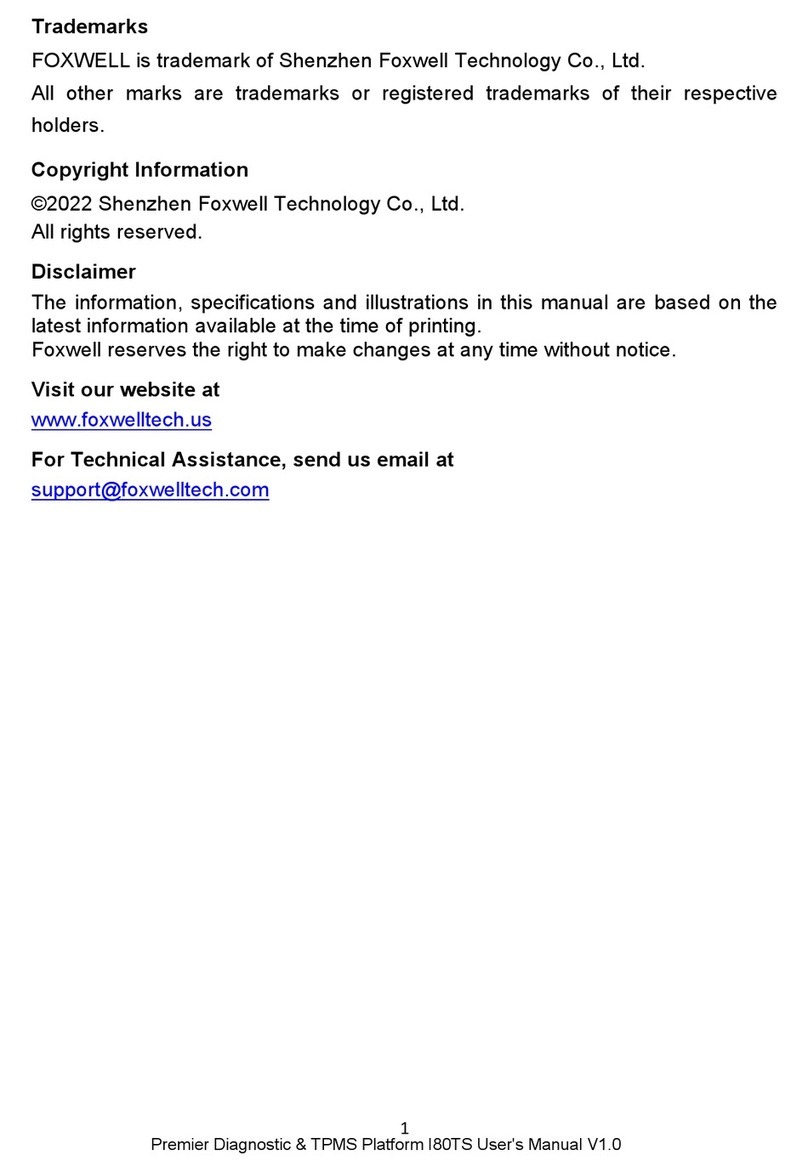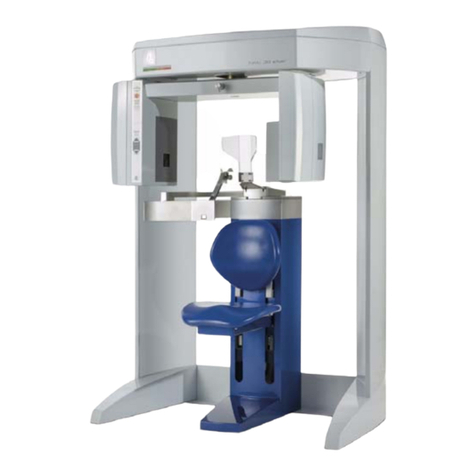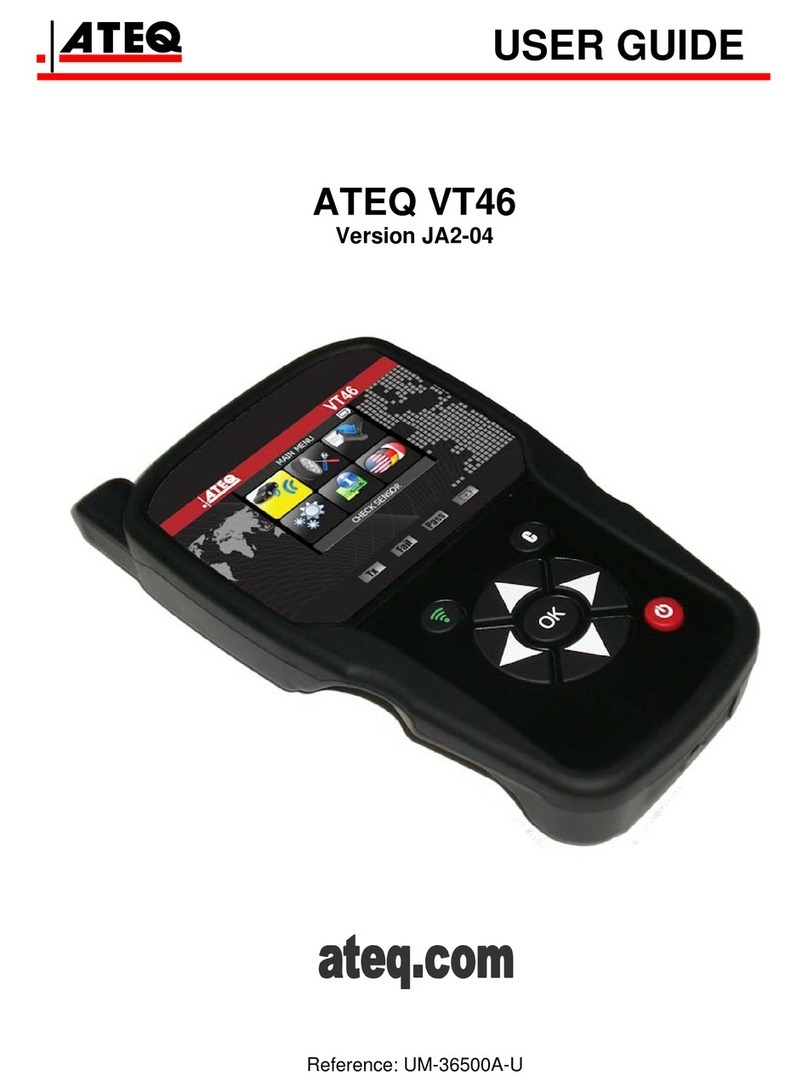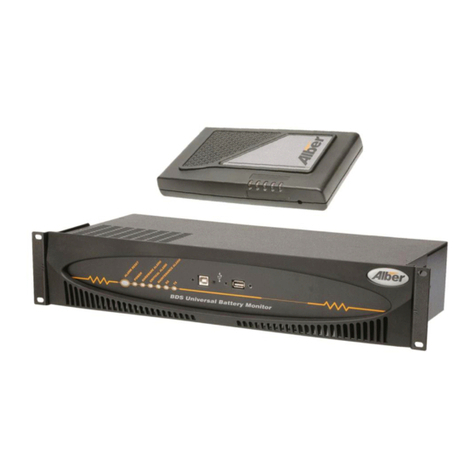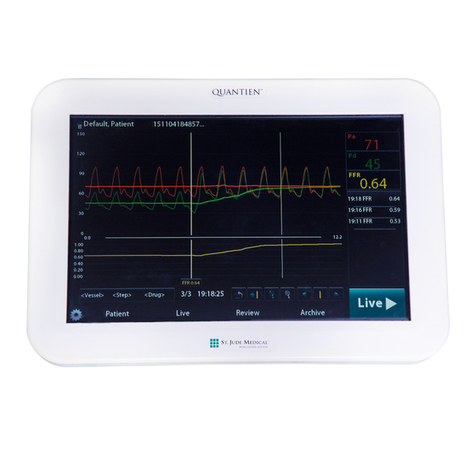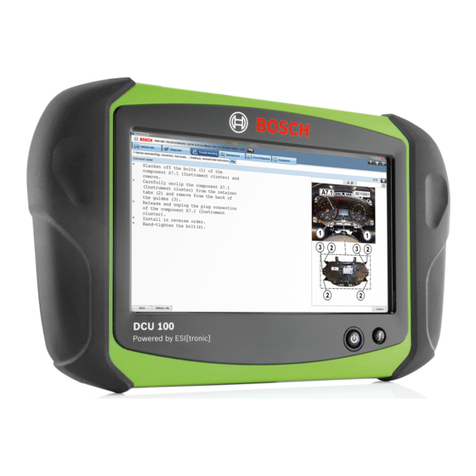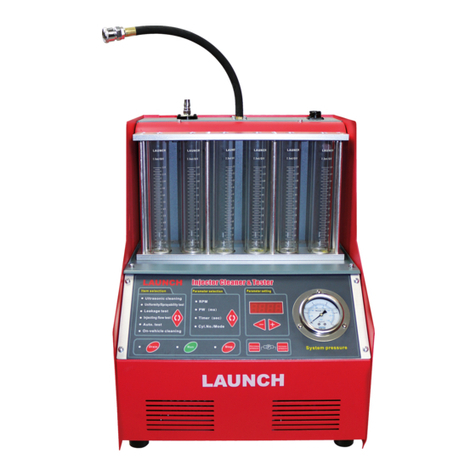1
Safety Precautions and Warnings
To prevent personal injury or damage to vehicles and/or the MaxiDAS, read this
instruction manual first and observe the following safety precautions at a
minimum whenever working on a vehicle:
zAlways keep attentive while driving.
zAlways perform testing or repairing in a safe environment. Wear safety eye
protection that meetsANSI standards.
zKeep clothing, hair, hands, tools, test equipments, etc. away from all moving or
hot engine parts.
zOperate the vehicle in a well ventilated work area. Exhaust gases are poisonous.
zPut blocks in front of the drive wheels and never leave the vehicle unattended
while testing or repairing.
zUse extreme caution when working around the ignition coil, distributor cap,
ignition wires and spark plugs. These components create hazardous voltages
when the engine is running.
zKeep a fire extinguisher suitable for gasoline/chemical/electrical fires nearby.
zPut the transmission in PARK (for automatic transmission) or NEUTRAL (for
manual transmission) and make sure the parking brake is engaged.
zRefer to the user’s manual for the vehicle being serviced and adhere to all
diagnostic procedures and precautions. Otherwise personal injury or unneeded
repairs may result.
zDO NOT mount the MaxiDAS in a position which can obstruct the view of the
driver.
zDO NOT use the MaxiDAS and drive the vehicle at the same time. Any
distractions may cause an accident.
zDO NOT mount the MaxiDAS in a position which could cause it to be propelled
through the vehicle during an accident causing injury, such as over or near an
airbag.
zDO NOT route the cable in a position which would interfere with the operation of
the vehicle controls.
zDO NOT connect or disconnect any test equipment while the ignition is on or the
engine is running. Failure to so could result in control unit damage.
zKeep the MaxiDAS dry, clean, free from oil/water or grease. Use a mild detergent
on a clean cloth to clean the outside of the MaxiDAS when necessary.

